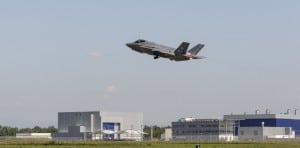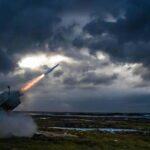
Declaring initial operational capability (IOC) for the F-35A will benefit the Air Force more politically than in the skies, according to a pair of analysts.Teal Group Vice President of Analysis Richard Aboulafia told Defense Daily Tuesday foreign customers are questioning buying into a program that hasn’t entered service. Aboulafia said while the Air Force wants to get the F-35A out in combat to show it off for these international customers, the problem is that there are “very few” scenarios that…













